How to protect your home with smart security – 7 simple, secure ways
Discover how to protect your home with smart security to chat to the postman, spook intruders and check in on your pet while you’re away
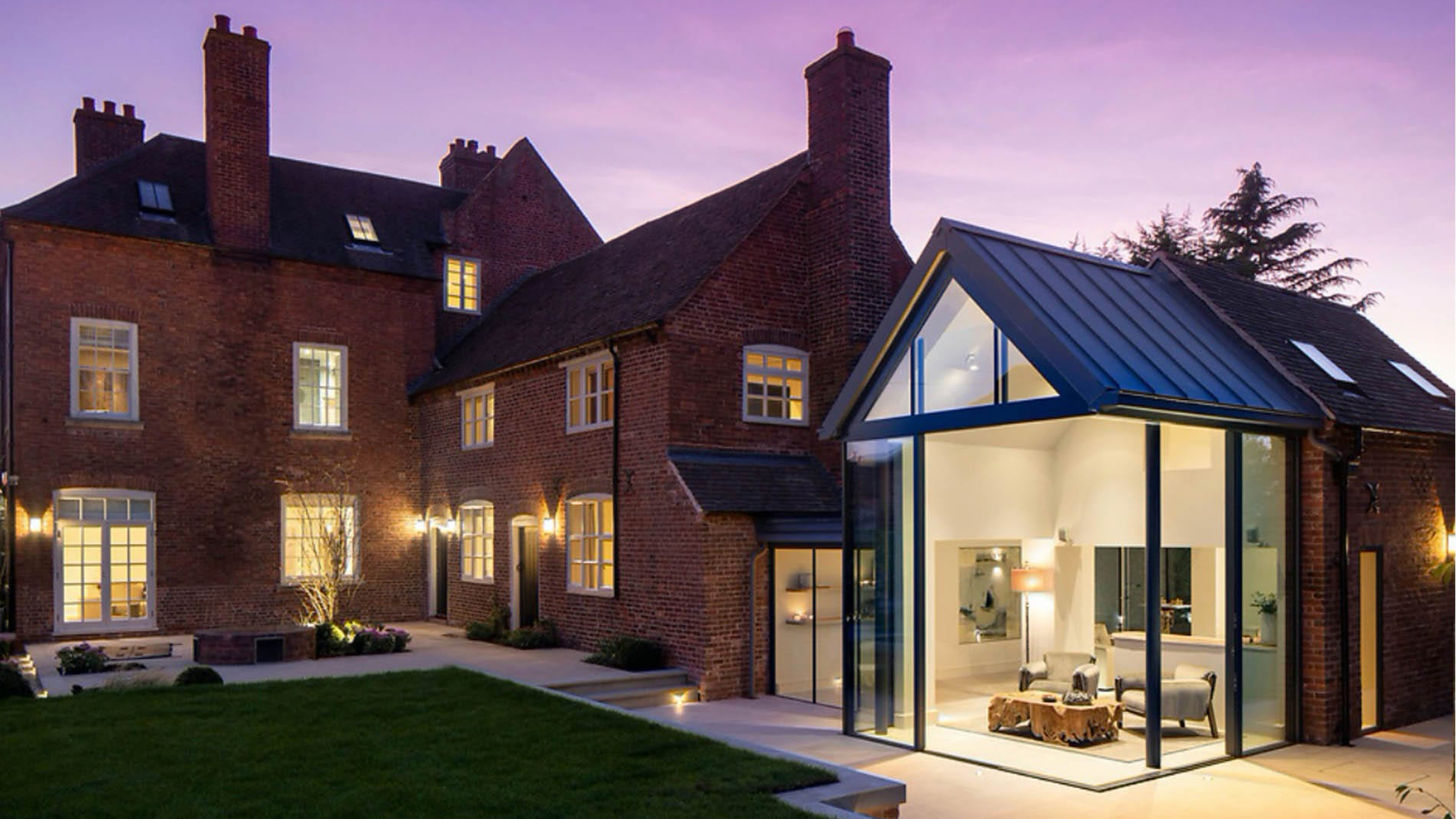
Want to know how to protect your home with smart security, but not sure where to start? Smart home security gadgets such as video doorbells, indoor cameras, smart lightbulbs and more are all popular home fixtures that will help deter unwanted guests and keep you in control of your home security.
By linking your smart gadget to its accompanying app, you can set alarms and receive motion-activated notifications in real time straight to your smartphone or tablet while you're out and about. Combine a few options and you'll have the best home security system available at your fingertips.
While some days it may feel like the most important thing you own at home is the bottle of craft gin you brought back from holiday, to the average burglar, priorities are quite different.
According to the Stolen Goods Index compiled by Compare the Market, 40% of items stolen from households are monetary including purses, wallets, money and cards, while 27% of stolen items are pieces of jewellery.
With this in mind, finding out how how to protect your home with smart security gadgets so intruders don’t steal your money and Monica Vinader rings – let alone your gin – has never felt so essential. Here we've pinpointed how to protect your home with the best smart security.
Why choose smart security?
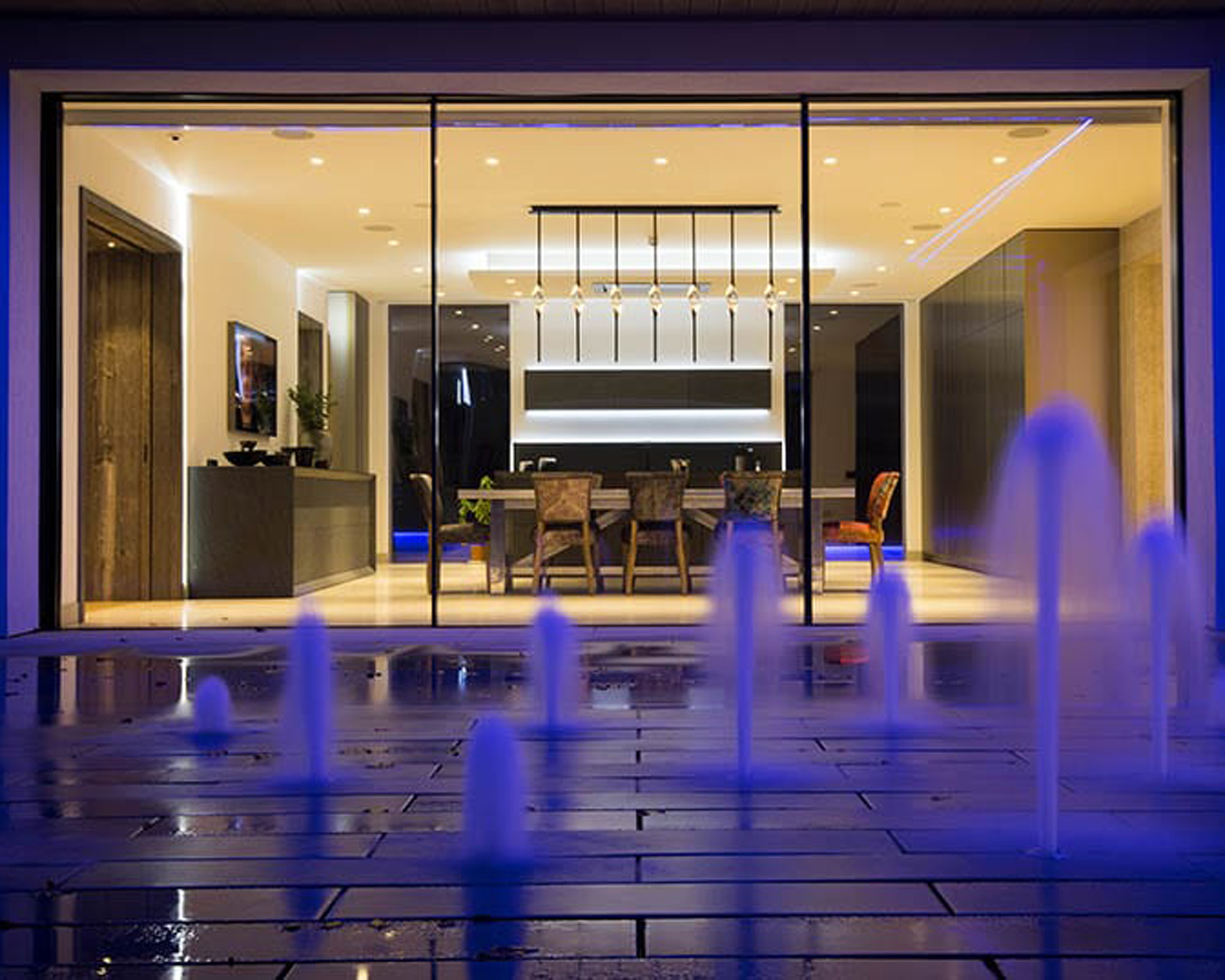
You can choose from custom-built home security set ups and off-the-shelf smart gadgets – the latter of which we have focused on in our round up. If you're after a bespoke fit, try CEDIA to find a specialist installation company near you.
When it comes to kitting out your home yourself, a good option to consider is a complete DIY smart alarm system, such as the Ring Alarm security kit. These systems come with a central hub that links to other components such as a camera and door motion sensors.
You can also link to your existing home assistant so you can arm and disarm the system using your voice – provided you have a special code that is. Alternatively, you can buy individual devices – such as the best wireless doorbells, indoor or outdoor camera or smart light bulb – and add to your set up as you go.
Once you've linked your device to its accompanying smart app, you'll be able to access real-time video footage and get instant alerts should a mouse or something more sinister stir.
You can use the app to turn lights on and off, talk to the delivery person and even shout at intruders and sound a siren should you wish to scare them off.
How to protect your home with smart security – the options
1. Never miss a delivery with a video doorbell
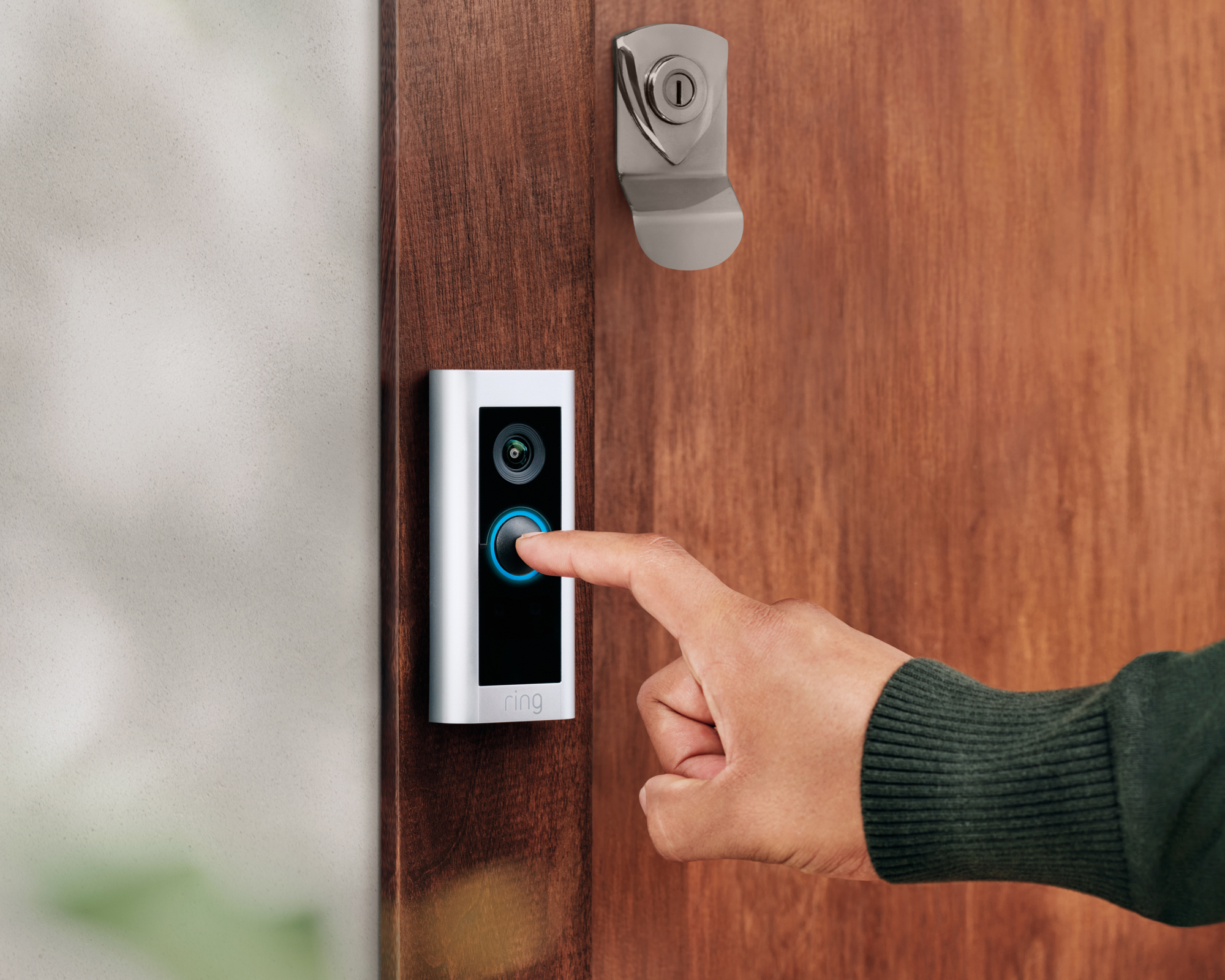
Video doorbells are more popular than ever before and have become a standard feature in many homes. Just walk down the street and you'll probably hear at least one phone sound Ring's unmistakable 'Santa on his Sleigh' chime.
And while Ring may be one of the first on the market, you can choose from a host of companies offering designs with similar functionality. Ezviz, RemoBell and Arlo are all prime examples.
As well as using one of our best video doorbells to chat to someone at your door – such as a cold caller or the postman – you can use it to set the camera perimeter so you know who is walking past on the street outside and coming up the garden path.
At $250/£219, Ring’s Video Doorbell Pro 2 is the most premium doorbell in the Ring range and is packed with features such as 3D Motion Detection and Birds Eye View for a wider viewing angle.
Meanwhile, with Google’s Nest Hello doorbell you can make any of your Google Home smart speakers sound alerts when someone comes to the door and activate automated messages via the app such as ‘we’ll be right there’.
We found that the only downside to this is that if someone calls and you’re out of range, there may be a slight delay in the alert. You may also have to contend with some ‘I can see you, can you hear me’ frustration as you try to catch the delivery guy's attention.
2. Install smart cameras indoors
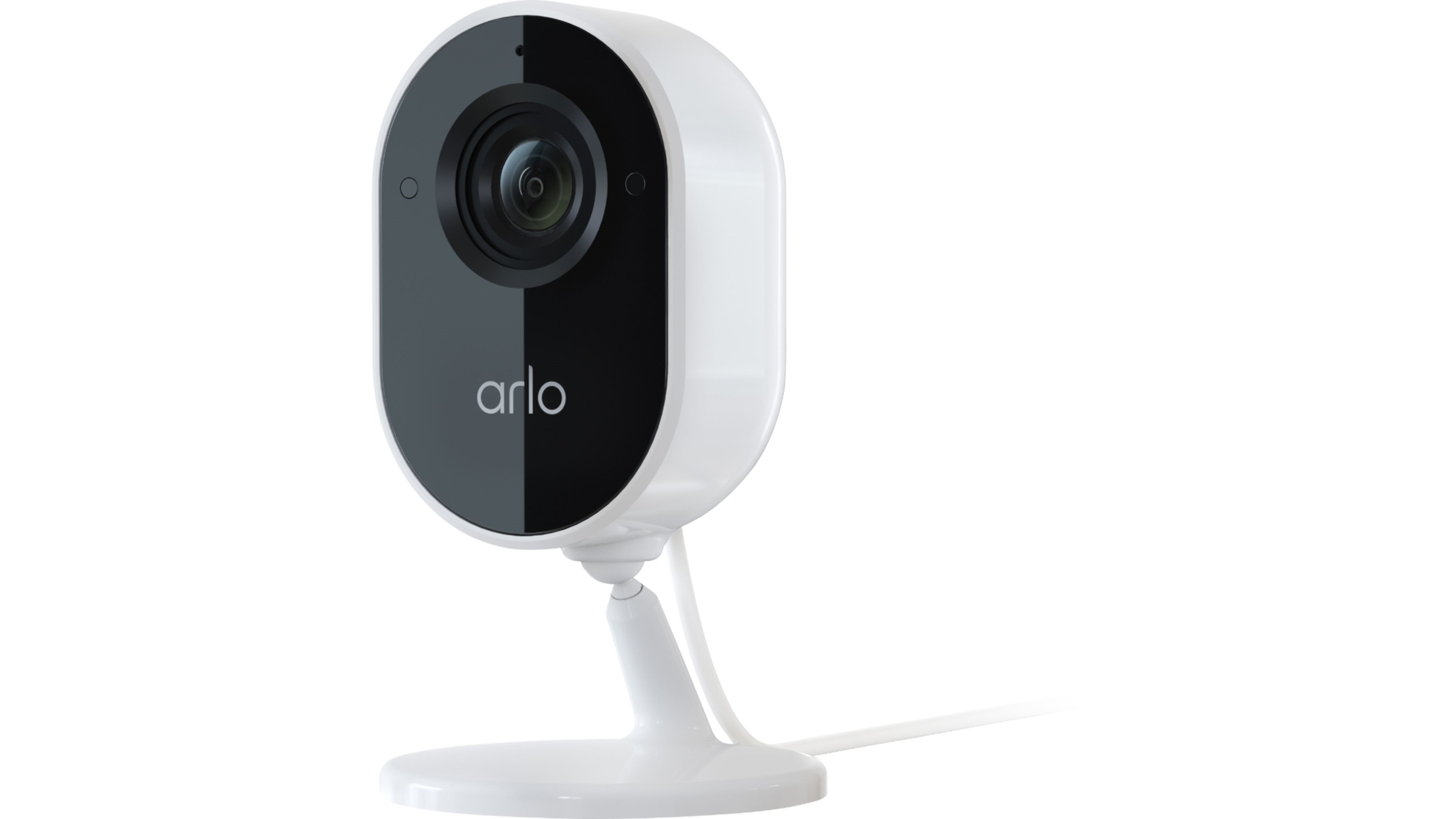
You no longer need to rely on the goodwill of your curtain-twitching neighbours to inform you of suspicious goings on while you're out of the house, as the best indoor security cameras are game changers.
Ring, Arlo and D-Link are just some of the companies offering indoor smart home cameras at a reasonable price. Amazon’s Echo Show 5 can even be used as an indoor home security camera via the Alexa app on your smartphone.
Indoor cameras are designed to allow you to access live footage or your home’s interior and exterior from your smartphone or computer when you’re on the go.
With Arlo’s Essential Indoor Camera, from $115, for example, you can view a live stream of your living room and check in whenever you desire. You can use the Arlo app to record video in high definition, get motion-activated notifications and speak to visitors – this also works particularly well if you want to check in on your pet.
3. See who's coming with an outdoor camera
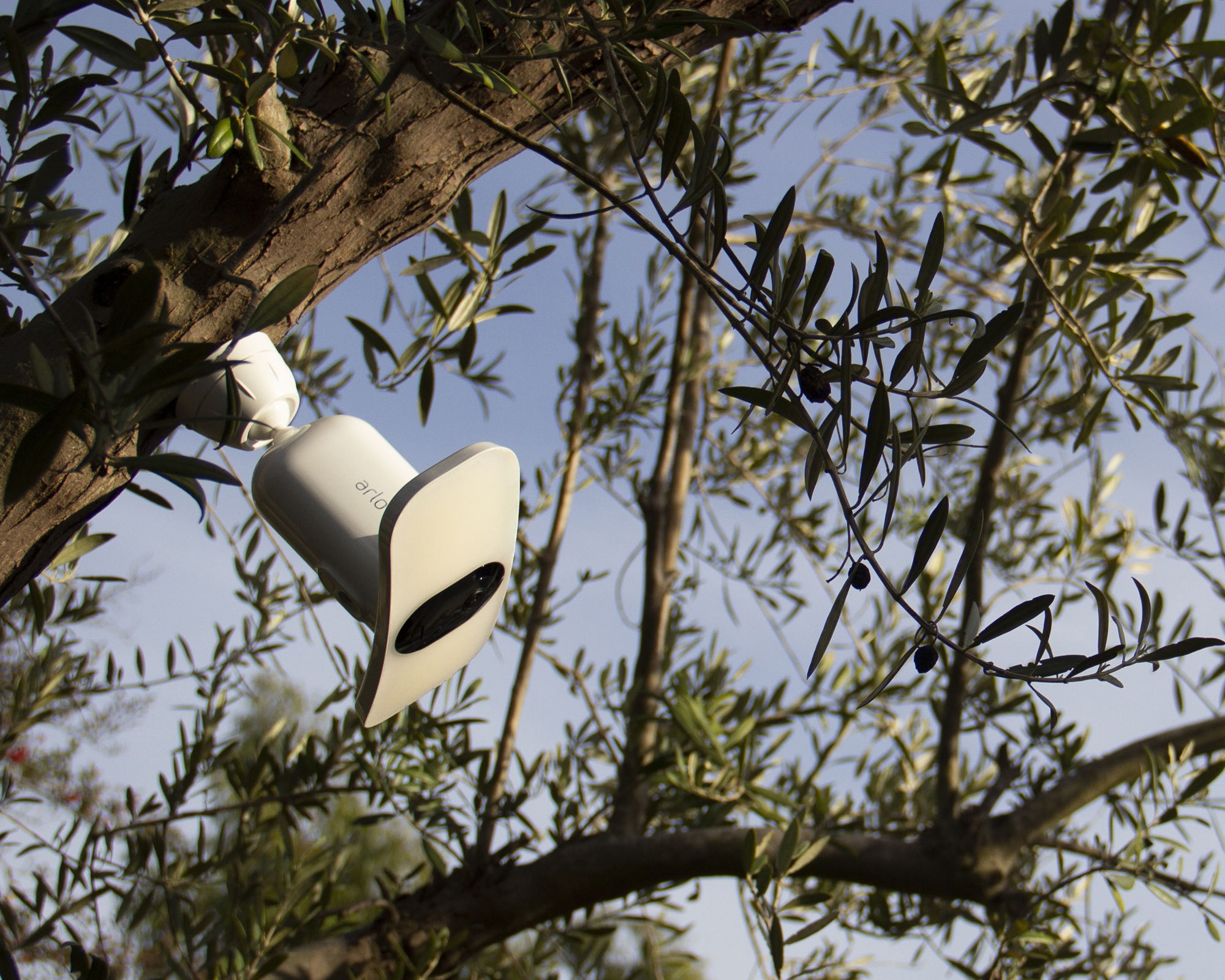
Fast becoming an essential element of any modern garden, outdoor cameras are easy to install on the side of the house – particularly if they are wireless. They will inform you via an app on your smartphone whether anyone is coming up the path.
Arlo’s Pro 3 Floodlight Camera, $249.99, is particularly powerful and comes with a light to illuminate faces and has a hidden 2K camera to capture everything in sight. There's also a setting on the app that lets you activate a siren alarm to scare off any intruder.
Water resistant and made for withstanding wet weather you can even attach it to your garden tree near your house, provided you have a strong WiFi connection.
4. Install your own smart alarm
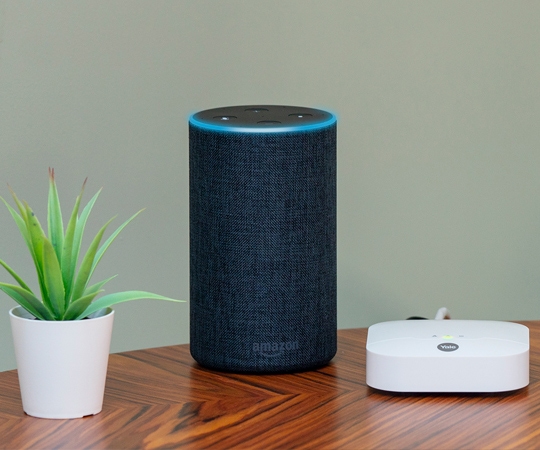
If you don’t fancy having a professionally installed burglar alarm fitted, you can opt for a DIY version yourself. You can pick up a decent smart home alarm system that you can install yourself for around the $250 mark, including Ring 5-piece Alarm Security Kit, and Yale's Sync Smart Home Alarm.
Yale’s Sync Smart Home Alarm, $313, is an entry-level security system. It comes as a six-piece kit and includes a smart hub, siren, motion detector, door contact and keypad.
It works with Philips Hue, Google Assistant and Amazon Alexa, so you can combine lights, sound and voice to create an impactful deterrent and sends you alerts when the alarm is triggered.
You can add to it at a later date with up to 40 devices including a smoke alarm, keypad and even a water leak sensor.
You find yourself asking – with good reason – ‘what happens if the WiFi goes down?’ The good news is the alarm will remain in the state it was before the internet went down. The communication between the hub and devices is on a wireless frequency that does not rely on an internet connection, so the system will continue to operate as normal.
You would need to arm or disarm your system via a physical accessory such as a keypad or key fob until the internet connection is re-established. And without internet connection to your hub, you will not be able to operate the alarm via the app.
5. Create a sense of ‘mockupancy’ with smart lighting
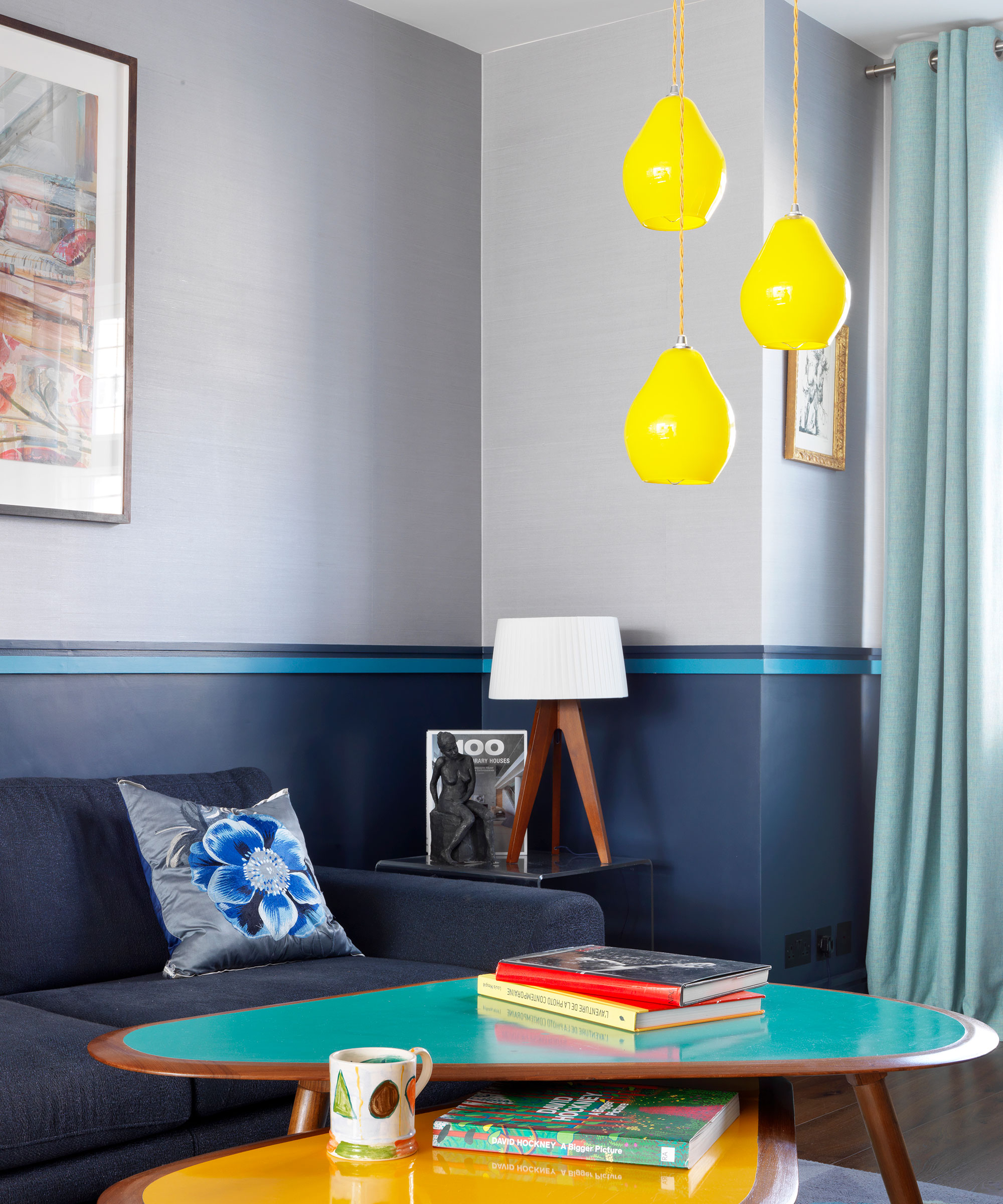
One of the simplest ways to fool people into thinking your home when you're not is to leave a light on. A smart light bulb can not only be set on a timer, so the lights comes on at a certain time, but you can control it remotely using an app on your smartphone.
Just so as long as you have WiFi, you can turn the lights on and off in your living room, bedroom, hallway or anywhere else that will make it look as though some's at home.
Possibly the easiest item to install, a smart light bulb can be simply inserted to a fitting, paired with an app and then you're good to go. As well as controlling the times, you can set them to come on at random times throughout the day.
The bulbs can be paired with other security-focused smart home appliances, too – such as a Ring Doorbell or Nest Cam. This means you can set up a 'rule' that the light switches on when someone rings the doorbell, or if motion or sound is detected.
6. Keep your WiFi network secure at all times

It’s possible for your router to be hacked without you knowing, so it’s important to check in on it regularly.
'A hacked Wi-Fi router can result in your personal details, such as social media credentials and bank account details, being leaked,’ says Tom Gaffney from F-Secure, the cyber security software provider. ‘There are a number of websites offering a router checking service, F-Secure has one and it’s free to use.’
If you have been hacked, Tom suggests logging in to your router and changing the admin credentials and also informing your internet service provider (ISP). ‘It’s good practice to change your Wi-Fi password regularly, using a strong password that involves a combination of letters, numbers and characters with no meaning, so no names or words,’ he says.
If you have a lot of smart home security devices Tom also suggests spitting your network. ‘Devices are like windows, having more of them offers additional ways for hackers to access your network,’ he says.
‘Most routers allow you to create secondary networks – ideal for giving guests access to – that your smart home devices can also connect to. Keep your primary network solely for devices you use to access sensitive information. That would include computers, laptops and phones.'
'Adding this degree of separation can help prevent hackers who enter your network via smart home objects like fridges and lightbulbs from then gaining access to personal devices holding sensitive information.’
7. Install a smart lock to monitor who comes and goes

If you’re prone to misplacing your keys or have a large number of people in your household, you may want the convenience of a smart lock on your front door so you can monitor who is coming and going.
The Conexis L1, £199.99, Yale allows you to enter your front door in a number of ways – be it a key card, key tag, phone tap or via the dedicated smart app.
It is slightly different in its technology in that it works with encrypted Bluetooth technology, so it isn’t dependent on network reception or WiFi.
To give you peace of mind, it’s worth noting that it is the first approved smart lock to be given the BSI IoT Kitemark accreditation, which is an important rubber-stamp in the industry.
What’s handy about the Conexis L1 digital door lock is that you can send users 'virtual keys' via the app, which means that friends and family can gain access to your house if you are not around.
Do smart alarms work without WiFi?
It's worth bearing in mind that with most of the smart gadgets around, you'll need a strong WiFi signal for them to work successfully and your smartphone to be in range should you want to get the benefits of real-time alerts direct to your phone.
'Most professionally installed systems are supported by a governing board, whereas you’ll need to maintain and regulate a DIY system yourself,’ says Anthony Neary, Managing Director at Safe.co.uk.
'Smart devices only need WiFi so that they can be managed remotely. For example, if the WiFi goes down, most cameras will still record video footage for you to view later, providing there is local storage such as an SD card or hard drive. You'll also have to factor in subscriptions costs, too, so you can store footage in the cloud, for example.'
How easy is it to install smart security?
The good news is that the wireless devices are relatively easy to install yourself with a screwdriver and nails. Wired versions are a little tricker to fit however, so you many need help from a qualified electrician.
If however you're opting for something such as a smart indoor camera, it's just a matter of plugging it in, finding the optimum position and then pairing it with an app on your smartphone - easy!
Be The First To Know
The Livingetc newsletters are your inside source for what’s shaping interiors now - and what’s next. Discover trend forecasts, smart style ideas, and curated shopping inspiration that brings design to life. Subscribe today and stay ahead of the curve.
One of the UK's most respected tech and smart homes writers, Emily Peck also covers everything from interiors style to decorating trends. She is a contributor to Wired UK, and has also had a column in House Beautiful. She has written for publications such as Grand Designs, Stylist, Shortlist, Woman&Home, BBC, Ideal Home and House & Garden. She was once the Features Editor of Ideal Home.
-
 Turns Out the Coolest New Café is Actually In Your Kitchen — Here's How to Steal the Style of TikTok's Latest Trend
Turns Out the Coolest New Café is Actually In Your Kitchen — Here's How to Steal the Style of TikTok's Latest TrendGoodbye, over-priced lattes. Hello, home-brewed coffee with friends. TikTok's 'Home Cafe' trend brings stylish cafe culture into the comfort of your own home
By Devin Toolen Published
-
 5 Bathroom Layouts That Look Dated in 2025 — Plus the Alternatives Designers Use Instead for a More Contemporary Space
5 Bathroom Layouts That Look Dated in 2025 — Plus the Alternatives Designers Use Instead for a More Contemporary SpaceFor a bathroom that feels in line with the times, avoid these layouts and be more intentional with the placement and positioning of your features and fixtures
By Lilith Hudson Published